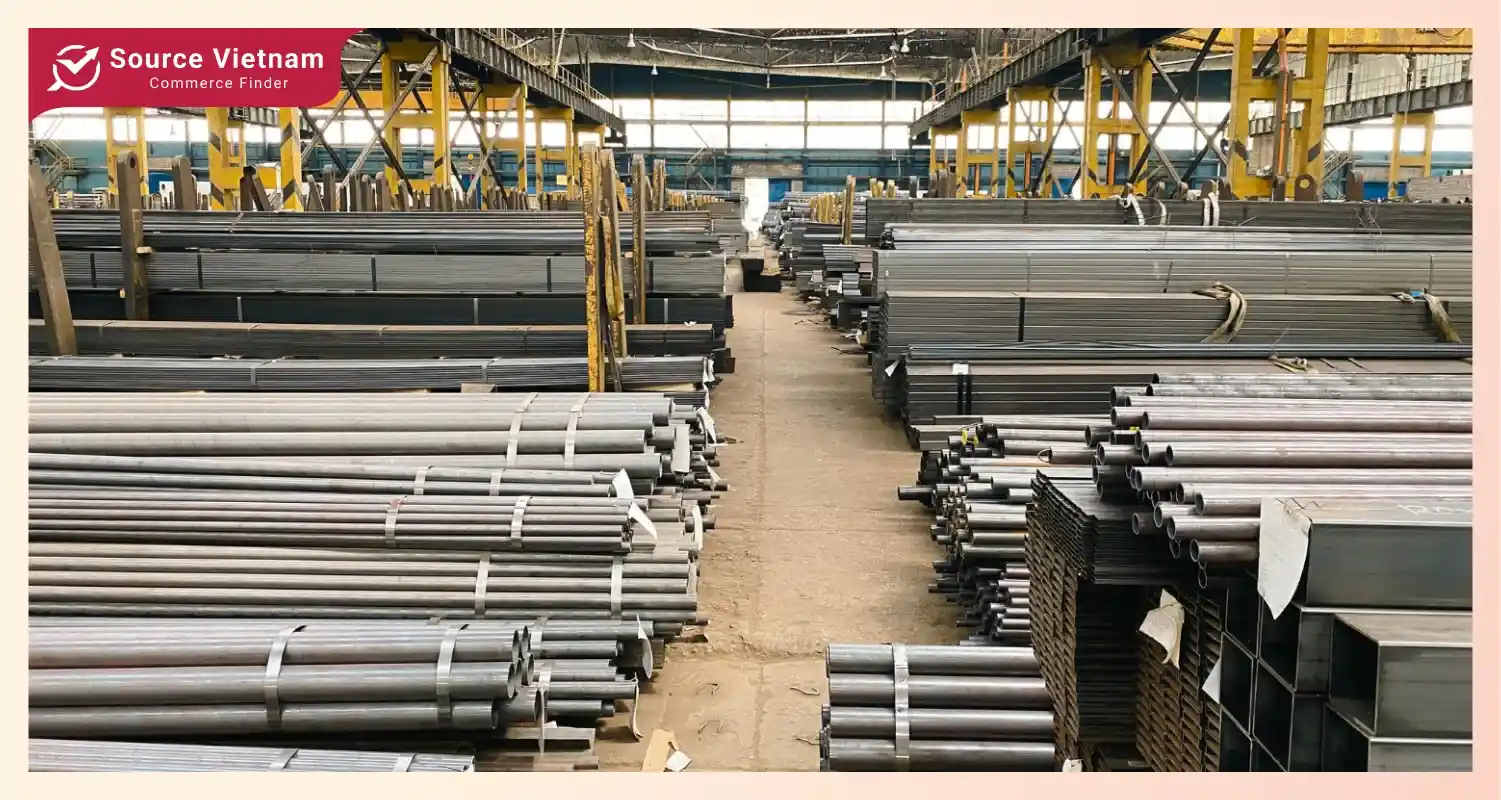Insight:
- The steel industry is increasingly focusing on environmental issues and sustainable development. Green steels, which minimize emissions during production, are being intensively researched by many industries.
- Steel prices in different regions have fluctuated differently, but overall, they have been under downward pressure.
Global Steel Market Overview
According to Worldsteel, global crude steel production from 71 countries reached 165.1 million tons in May 2024, a 1.5% increase compared to the same period last year.

In May 2024, crude steel production in most continents recorded a slight increase, notably in Asia and Oceania with a 1.6% growth; the Middle East saw a 4.6% increase; the EU (27) and countries outside this region also experienced positive growth, and Africa saw a 0.9% increase.
Only North America and South America recorded negative growth, at -0.9% and -8.2% respectively.
Steel production in China has significantly decreased
This year, the steel market has experienced significant fluctuations. According to a report from China Baowu Steel, the world’s largest steel producer, has issued a warning about a severe crisis in China’s steel industry that could spread globally.

According to the market report for the first 5 months of 2024, crude steel production in 71 countries reached 793.2 million tons, a decrease of 0.1% compared to the same period in 2023. China is one of the world’s largest steel markets, however, the market has also undergone many changes in 2024.
It is predicted that the Chinese steel industry is going through a “severe winter” – a challenge even worse than the major shocks in 2008 and 2015. The Chinese steel market, once one of the world’s largest, is now sending out many warning signals.
Overall, both crude steel and pig iron production in China decreased in July, falling by 8% and 9% respectively compared to the same period last year. Steel prices have also declined significantly, and steel demand has slumped due to a slowdown in the real estate sector.
Given this situation, many businesses and experts predict that steel demand and production will continue to decrease in the future.
The main reasons for this situation can be attributed to the decline of the real estate sector, government policies, and intense competition. The decrease in demand, production, and prices indicates that the country’s steel industry is experiencing challenging times.
The US and European marketplaces
Steel demand has recovered significantly compared to the peak of the COVID-19 pandemic. However, this recovery is uneven across the region. Global fluctuations have disrupted the supply chain of raw materials and increased input costs for the steel industry, especially in Europe.

The hot-rolled coil (HRC) market in the US and Europe has shown a tendency to stabilize, although prices continue to face downward pressure due to weakening fundamentals.
HRC prices in Northern Europe have been relatively more stable than in previous sessions. The US export market for steel billets has also stabilized with increased trading activity.
Overall, the steel markets in Europe and the US are facing numerous challenges. Despite some price stability, weak demand and oversupply remain significant challenges for steel producers.
The steel situation in the Asian market
The Asian steel market is facing a multitude of complex and diverse challenges, particularly from global economic fluctuations and individual countries’ regulatory policies. India is emerging as a significant steel consumption market with high growth potential.
Steel demand in India is driven by large-scale infrastructure projects and economic growth. Southeast Asian countries such as Vietnam, Thailand, and Indonesia are also important steel consumption markets.
However, steel demand in these countries is highly dependent on the global economic situation and individual national policies.

Factors influencing the Asian steel market include steel demand from construction, automotive, and mechanical industries, which serve as the primary driving forces. The prices of raw materials such as iron ore and coking coal directly impact production costs and final product pricing.
Some forecasts about the global steel situation
In early April, the World Steel Association updated its short-term outlook for the steel industry. According to the report, global steel consumption is expected to increase by about 1.7% to 1.79 billion tons in 2024 and by 1.2% to 1.81 billion tons in 2025.
Worldsteel expects China’s steel demand in 2024 to remain at a similar level as in 2023, as real estate investment continues to decline, but steel consumption will be offset by investments in infrastructure and manufacturing.
For 2025, Worldsteel forecasts that China’s steel demand may return to a downward trend of 1% and be significantly lower than the recent peak year of 2020.
Worldsteel believes that China’s steel consumption has reached its peak and may decline in the medium term as the country’s economy gradually moves away from its reliance on real estate and infrastructure investment.
Conclusion
The global steel market is experiencing complex fluctuations influenced by numerous factors, ranging from macroeconomic conditions and government policies to fluctuations in raw material prices and production technologies.
While steel demand is projected to recover, intensifying competition and environmental regulations will pose significant challenges to steel manufacturers. The future of the steel market hinges on various factors, demanding that industry players adapt swiftly and flexibly to seize opportunities and overcome challenges.









